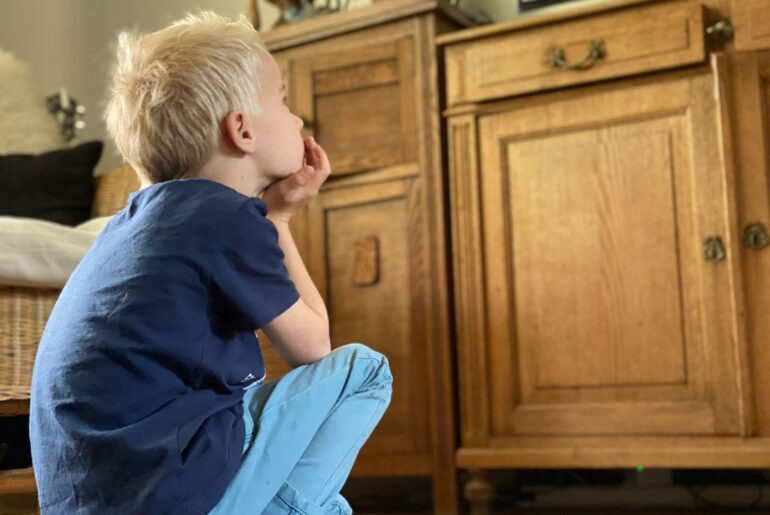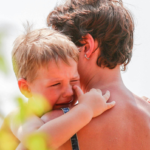A new study has made a startling connection between early media habits and the behavior of teen boys. The internationally conducted study, published in the International Journal of Environmental Research and Public Health, followed children for over a decade and found that young preschool-aged boys who watched violent TV shows showed measurably higher rates of aggression and delinquency as they grew into their teenage years. However, preschool girls that were exposed to the same content did not show similar effects, suggesting that young boys’ developing brains may be more vulnerable and susceptible to violent media content.
How violent TV exposure was measured in preschoolers
The study tracked nearly 2,000 children from preschool through adolescence, and found that 3- and 4-year-old boys who were exposed to violent TV content were more likely to display physical aggression and partake in antisocial behavior by the time they reached age 15. These disruptive behaviors weren’t insignificant, either – they ranged from interactions with the police, to court appearances, and even placements in juvenile detention.
More concerning, these behavioral effects persisted for more than a decade, even after the researchers controlled for other factors like family dysfunction, parental antisocial behavior, and maternal depression. (A note: Since the participants grew up in the late 1990s, before the boom of smartphones and tablets, the researchers were able to isolate the effects of television alone without taking multiple types of screen viewing into account.)
Interestingly, this same pattern was not observed in girls who participated. While it’s important to note that the study found that most of the girls were much less likely to be exposed to violent TV content than the majority of boys that participated, it still highlights a significant gender difference in how media violence may affect developing brains.
A rewiring of young brains
It’s clear that violent content affects developing minds – but why does it have such a profound effect? One reason is the idea that young children learn behaviors by observation, such as what they see on-screen. This means when children see violence portrayed as exciting or something to be rewarded, they may internalize that perspective.
Desensitization is also an important factor. Repeated exposure to violence can reduce emotional reactions to violence over time – which can make children less sensitive to witnessing distress and suffering and normalizes aggression as normal behavior.
Early intervention (for media content)
This much is clear: What young children watch matters just as much as how much they watch. Monitoring content quality, not just screen time, is the most crucial way to combat the potential negative effects of violent media content on your preschooler. Whether it’s on YouTube or PBS Kids, by thoughtfully guiding your child’s viewing choices you’ll help shape positive media habits that will stay with them as they grow. Taking a few moments together to select quality content that will both engage and provide teachable moments, and watching side by side whenever possible, can become a meaningful shared experience that supports your child’s development through the teen years and beyond.







